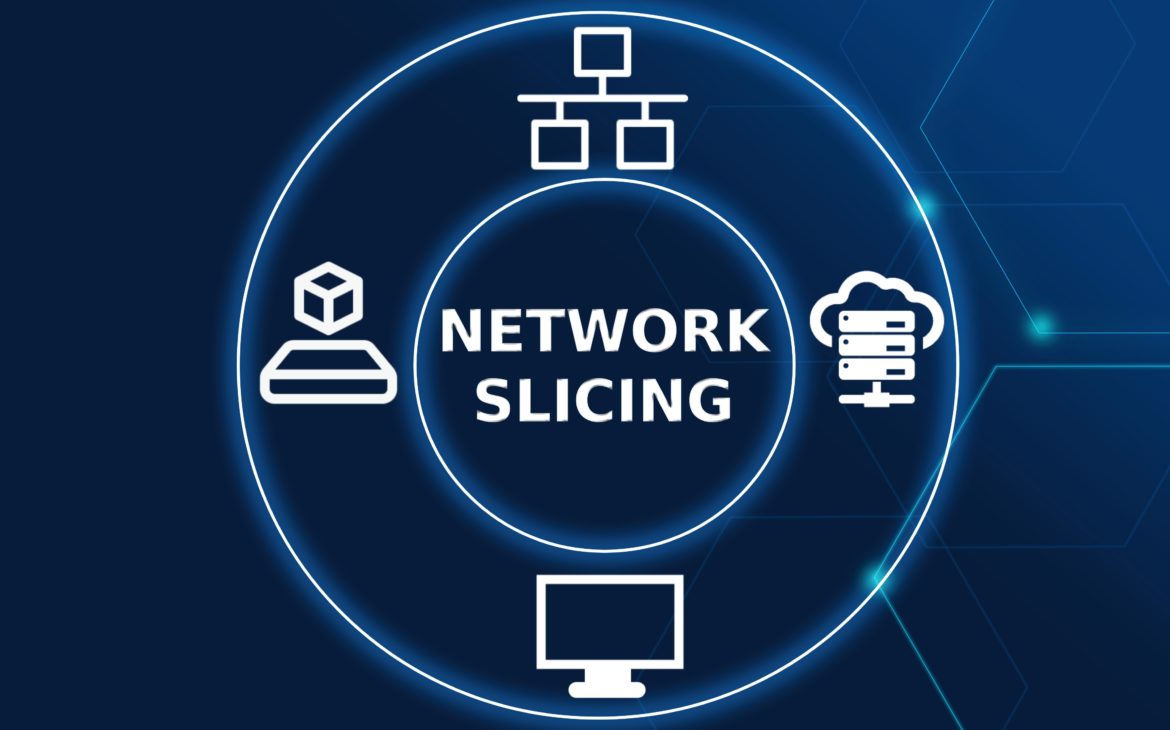The digital transformation of industrial processes increasingly relies on stable, secure, and flexible communication infrastructures. With the advent of 5G technology, two conceptually distinct approaches have emerged — network slicing and private 5G networks. While the former represents a sophisticated extension of existing telecommunications systems, the latter offers a solution under the full control of the end user or their system integrator.
The Pizzeria and Complex User Demands
At the business forum “The Importance of Critical Communication in Industry 4.0,” a group of participants visited a traditional pizzeria called “Telecom Operator.” Each participant presented highly specific requirements — ranging from the number of slices and choice of ingredients to allergen restrictions and the desired level of spiciness. The pizzeria soon realized that it was impossible to prepare such an order all at once while ensuring consistent quality and safety for everyone.
On their way back, the group came across a modern pizzeria called “System Integrator.” There, they received an unexpected response: “No problem.” Within twenty minutes, each guest was served their own individual pizza — exactly as requested, perfectly baked, and carefully presented. On the bill appeared the pizzeria’s motto: “We don’t make slices, we make private pizzas.”
This story vividly illustrates the difference between network slicing and private networks.
Market Context
Network slicing entails the creation of a separate virtual layer within the network, tailored to the specific requirements of an individual user. This is a technically demanding and operationally complex process, which also requires continuous maintenance. Furthermore, implementing network slicing involves significant investments in software and infrastructure, with business models often proving unsustainable if market demand is not sufficiently broad.
An additional layer of complexity arises from the fact that slicing is feasible only within 5G standalone networks. Given that the number of such networks worldwide remains relatively limited, it becomes clear why network slicing has yet to see widespread adoption.
By contrast, private networks present a tangible alternative. Industrial users can establish their own 5G infrastructure — from the core network, base stations, and transmission systems to dedicated spectrum — under their direct control or in collaboration with a system integrator.
Advantages of Private Networks
Private 5G networks are particularly well suited for industrial users due to several key factors:
- Tailored capacity and scale – the network does not need to match the extensive capacity and complexity of large telecommunications operators.
- Limited device mobility – most devices are stationary or operate within a restricted radius, reducing the need for advanced mobility management functionalities.
- Simplified oversight and enhanced security – a dedicated DNN/APN, an independent core network, and exclusive control of SIM cards significantly reduce the risks of intrusion and fraud.
- Flexibility in site coverage – private networks represent an optimal solution for industrial zones or smaller geographical areas requiring targeted deployment.
System integrators, such as Markoja d.o.o., are already actively implementing such solutions, developing business cases that clearly demonstrate their sustainability and value for specific industrial verticals.
Network Slicing or Private Network?
The choice between network slicing and a private 5G network ultimately depends on the specific use case. Several factors must be carefully considered, including:
- geographical coverage,
- security requirements,
- redundancy and reliability,
- supported devices,
- the existing ICT infrastructure of the organization.
For example, logistics centers and critical infrastructure facilities often prefer private networks due to heightened security requirements. Conversely, industries that span large geographical areas may benefit more from network slicing supported by telecommunications operators.
A decisive factor is also spectrum availability, which can be secured through:
- telecommunications operators,
- system integrators holding spectrum licenses,
- or directly from the national regulator (e.g., HAKOM in Croatia).
Conclusion
5G networks represent a foundational infrastructure for Industry 4.0, yet their success depends on how effectively the technology can be integrated into existing business processes.
- Network slicing is conceptually powerful but remains costly and operationally demanding.
- Private 5G networks provide a flexible and sustainable alternative, particularly for industries that require full control over their communication infrastructure.
The final decision between these two approaches should be based on clearly defined business requirements, available resources, and an organization’s readiness to invest. For this reason, collaboration with experienced partners in the design, deployment, and maintenance of advanced communication solutions is a critical success factor.
Markoja d.o.o. operates as a system integrator with extensive experience in the implementation and maintenance of LAN, WiFi, and 5G systems. The company holds its own frequency spectrum and has developed reference solutions in the field of private networks. In addition, Markoja is a trusted partner to telecommunications operators in the realization of projects based on network slicing technology.
